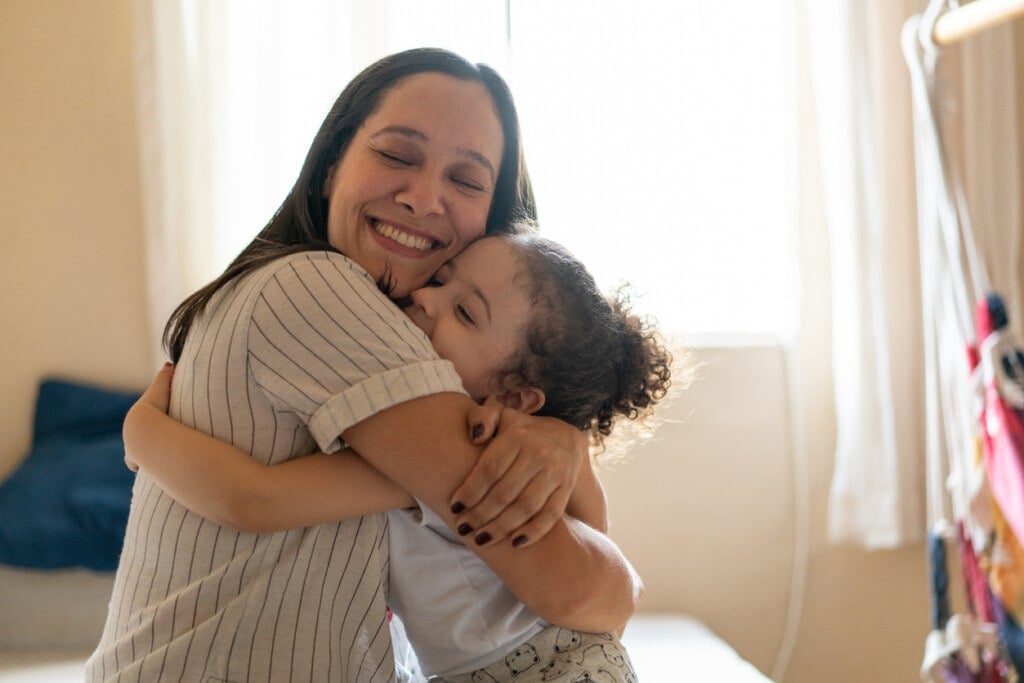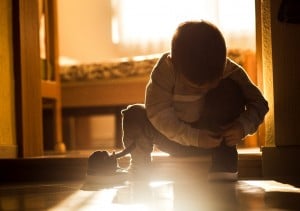There seems to be a lot of talk about gratitude, daily gratitude, and gratitude journals. But what is gratitude, and why should we teach it to our kids?
Gratitude is a positive emotion, and it refers to being able to focus on what is good in our lives and appreciating those things. It makes us stop and be thankful for things we can often take for granted, like a safe home, access to food and clean drinking water, and having loved ones around. Gratitude is partly the intentional act of being thankful and focusing on what is working well or what we have rather than what we don’t have or what is challenging.
What are the Long-Term Benefits of Learning Gratitude?
Feeling positive emotions opens us up to more possibilities and decreases or balances out negative emotions. When we feel grateful, we are more likely to make good decisions and be open to learning. It also helps shape our behaviors if they are aligned with gratitude. Showing kindness and compassion can create stronger relationships with those around us. Our actions help create loving bonds, trust, and positive connections.
There is mounting research that tells us just how important gratitude is to our kids’ mental wellness. In 2019, The Journal of Happiness published a study linking gratitude to happiness in children younger than 5.1 What this means is if we can create a “gratitude attitude” in our little people, it could help them be happier as they grow up. A 2008 study found that children who demonstrate gratitude feel happier, are more optimistic about life, and are more satisfied with their school, family, friends, and themselves.2
In 2011, a study highlighted that children who grow up to be grateful teens are better at using their strengths to build up and improve their communities, are more satisfied with their lives, are better engaged in school with better grades, and are less depressed than teens who aren’t grateful.3
How to Teach Children Gratitude
So, if gratitude is a great predictor of future success and happiness, how can we teach our kids gratitude?
Create a Gratitude Habit
At times, we can experience a sense of gratitude spontaneously, but we can also encourage feelings of gratitude if we deliberately focus on our “blessings.” This is where daily gratitudes or gratitude journals come into play. Getting our kids thinking about things they appreciate and are thankful for brings it to their attention. If we repeat this exposure, it slowly becomes a habit, and they will more easily be able to employ behaviors or thoughts that bring gratitude front and center.
Model Gratitude for Them
Research indicates that kids whose parents demonstrate gratitude are, in turn, more grateful themselves.4 This is because they not only see the value and behavior in action, but they experience it first-hand when their parent shows gratitude or demonstrates acts of compassion (which is a byproduct of gratitude). When we experience acts of kindness, we are more likely to “pass it on” and be kind to others. So, practice what you preach if you want your child to learn gratitude.
Ask Gratitude Questions
Gratitude is more than just “doing”; it’s also what we notice, think, and feel. Instead of expecting our children to say or do kind things, we want them to think and feel—and create a clear sense of connection to why they are grateful or what makes them grateful. For example, instead of saying thank you if someone lets them into the line, you could ask them why they feel happy about being let in.
Examples of How Kids Can Show Gratitude
Gratitude doesn’t just have to be saying thank you but showing people that we appreciate them. So, that could mean random acts of kindness like helping a sick relative, writing a thank you letter, or donating things to a local charity.
Other ways we can teach kids to show gratitude include:
Create a Family Gratitude Jar
Everyone gets a jar with their name on it, and you each write things that make you feel grateful for that person and pop them in their jar. When the person is having a tough day or feeling a bit low, they can go and read one of the comments.
Read Books with Diverse Characters and Experiences
Expand their circle of concern to increase their empathy and get them thinking about others. Reading books with diverse characters and stories can help them think about others’ life experiences. It might create opportunities for them to show gratitude for what they have in their lives or understand what other people value in theirs.
Ask Them to Find the Silver Lining in Failure
Help them see past the challenge and what didn’t work. It’s easy to get caught up in difficult things. So, get them to create a sense of balance by asking them what worked well or finding some silver lining. Try asking them, “I can see you were disappointed your team didn’t win, but can you think about one thing you and your team did well?”
Start a Gratitude Ritual
As a family, take some time each day to share what you are grateful for. You can share something each night at dinner or on the drive to school. It could even be setting a weekly challenge of how you can express your gratitude that week.
Teaching kids gratitude is something important for every child and family. Practicing gratitude improves many elements of our lives regarding happiness and general well-being. Being grateful helps us cope with the ups and downs of life, and if we can focus on the positives, it can help our resilience and ability to bounce back and persevere. There are many significant long-term benefits for children who learn the art of gratitude. So, what are you waiting for? Which gratitude activity will you start with first?





























